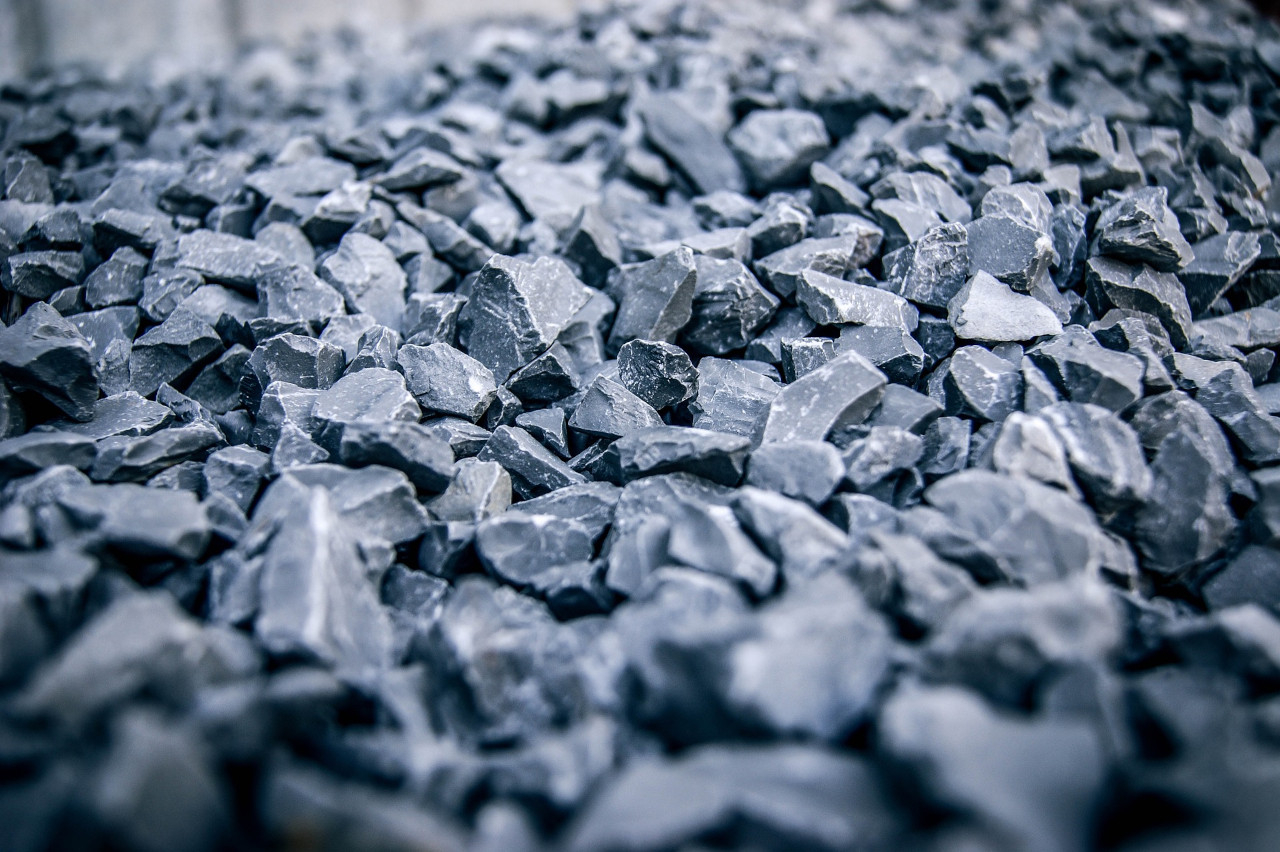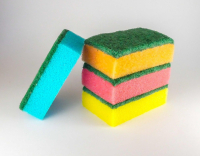As urbanization continues to accelerate and infrastructure demands grow, the importance of understanding and effectively utilizing aggregate materials becomes increasingly paramount. These materials not only provide the necessary strength and stability to structures but also influence the durability, cost-effectiveness, and environmental impact of construction projects. The selection and proper use of aggregate materials can significantly affect the quality, longevity, and sustainability of built structures, making it a critical consideration for engineers, architects, and construction professionals alike.
In this comprehensive exploration of aggregate materials, we will delve into the three primary types: sand, gravel, and crushed stone. Each of these materials possesses unique characteristics, formation processes, and applications that contribute to their indispensable role in the construction industry. By examining their properties, production methods, and diverse uses, we aim to provide a thorough understanding of how these materials shape the world around us and continue to drive innovation in construction practices.
As we navigate through the intricacies of each aggregate type, we will also touch upon the environmental considerations, economic factors, and emerging trends that influence their production and utilization. This holistic approach will offer valuable insights into the complex interplay between natural resources, industrial processes, and the ever-evolving needs of the construction sector.
Whether you're a seasoned professional in the field or simply curious about the building blocks of our physical world, this exploration of sand, gravel, and crushed stone will illuminate the often-overlooked yet vital role these materials play in shaping our modern civilization. Let us embark on this journey through the world of aggregate materials, uncovering the science, technology, and practical applications that make them indispensable to the art and science of construction.
Supplies of Aggregate Materials
The global supply chain of aggregate materials is a complex and dynamic system, crucial to meeting the ever-growing demands of the construction industry. The availability and distribution of sand, gravel, and crushed stone are influenced by various factors, including:
-
Geographical location - The proximity of natural deposits to construction sites significantly impacts transportation costs and environmental footprint.
-
Regulatory environment - Local and national regulations governing extraction and processing affect the availability and cost of aggregate materials.
-
Market demand - Fluctuations in construction activity can lead to supply shortages or surpluses in different regions.
-
Environmental considerations - Increasing focus on sustainability is driving changes in sourcing and production methods.
-
Technological advancements: - Innovations in extraction, processing, and recycling technologies are reshaping the supply landscape.
Managing the supplies of aggregate materials requires careful planning and coordination among producers, distributors, and end-users. As natural resources become scarcer in some regions, the industry is exploring alternative sources and more efficient use of existing supplies. This includes:
- Increased use of recycled aggregates from construction and demolition waste
- Development of artificial aggregates from industrial by-products
- Optimization of transportation and logistics to reduce costs and environmental impact
- Implementation of sustainable mining practices to ensure long-term resource availability
The balance between supply and demand of aggregate materials is critical for maintaining steady growth in the construction sector while addressing environmental concerns. As we delve into the specific types of aggregate materials, it's important to keep in mind the broader context of their supply chains and the challenges and opportunities they present for the industry.

Sand
Sand, a naturally occurring granular material composed of finely divided rock and mineral particles, is an indispensable fine aggregate in construction. Typically measuring between 0.0625 mm and 2 mm in diameter, sand particles are smaller than gravel but larger than silt.
Formation and Sources Sand is formed through the weathering of rocks over millions of years, with its composition varying depending on local rock sources and weathering conditions. It can be sourced from riverbeds, beaches, and inland dune fields, each offering unique characteristics that influence its suitability for different applications.
Types of Sand There are several types of sand used in construction, including:
- River sand - Extracted from riverbeds, this type is highly sought after due to its consistent grain size and low silt content.
- Pit sand - Obtained from land-based sources, pit sand often requires washing to remove impurities.
- M-sand (Manufactured sand) - Produced by crushing hard granite stone, M-sand is an increasingly popular alternative to natural sand due to its consistent quality and reduced environmental impact.
Applications in Construction Sand serves numerous purposes in construction, such as:
- As a fine aggregate in concrete and mortar production
- In the manufacturing of cement bricks and blocks
- For plastering and rendering walls
- In road construction as a base material

Gravel
Gravel, consisting of rock fragments ranging from 2 mm to 64 mm in diameter, is a versatile medium aggregate widely used in construction. Its larger size compared to sand provides enhanced strength and stability in various applications.
Formation and Extraction Gravel is formed through the natural erosion of rocks or can be produced artificially by crushing larger rocks. It is commonly extracted from quarries, riverbeds, and glacial deposits using methods such as dredging, excavation, and screening.
Types of Gravel Different types of gravel are utilized in construction, including:
- Pea gravel - Small, rounded stones typically used in landscaping and drainage applications
- Crushed stone gravel - Angular fragments produced by mechanical crushing, ideal for concrete production
- River roc - Smooth, rounded stones formed by water erosion, often used for decorative purposes
Gravel in Construction The applications of gravel in construction are diverse and include:
- As a coarse aggregate in concrete mixtures
- In road construction for sub-base and base layers
- For drainage systems and septic fields
- In landscaping for pathways and decorative features

Crushed Stone
Crushed stone, an engineered product created by mining rock and reducing it to a specified size range, offers superior control over size, shape, and quality compared to natural aggregates.
Production Process The production of crushed stone involves several steps:
- Extraction of raw material from quarries
- Primary crushing to reduce large rocks to manageable sizes
- Secondary and tertiary crushing to achieve desired particle sizes
- Screening and classification to separate different size fractions
- Washing to remove dust and impurities
This carefully controlled process ensures consistent quality and allows for the production of aggregates tailored to specific construction requirements.
Varieties of Crushed Stone Crushed stone comes in various forms, including:
- Limestone - A sedimentary rock widely used due to its abundance and favorable properties
- Granite - An igneous rock prized for its strength and durability
- Basalt - A volcanic rock known for its hardness and resistance to weathering
Applications in Construction Crushed stone finds extensive use in construction, such as:
- As a high-quality aggregate in concrete and asphalt production
- For road base and railroad ballast
- In the manufacturing of cement and lime
- For erosion control and shoreline protection
The Future of Aggregate Materials
As we look to the future of aggregate materials in construction, several key challenges and opportunities emerge. The increasing global demand for construction materials, coupled with growing environmental concerns, necessitates a shift towards more sustainable practices in aggregate production and utilization.
One of the primary challenges facing the industry is the depletion of natural aggregate sources, particularly in urban areas where demand is highest. This has led to increased transportation costs and environmental impacts associated with long-distance haulage. In response, the industry is exploring innovative solutions such as:
- Enhanced recycling of construction and demolition waste to produce high-quality recycled aggregates
- Development of artificial aggregates from industrial by-products
- Utilization of advanced technologies for more efficient extraction and processing of natural aggregates
Environmental sustainability is another critical factor shaping the future of aggregate materials. The industry is increasingly focusing on:
- Reducing carbon emissions associated with aggregate production and transportation
- Implementing water conservation measures in processing operations
- Restoring and rehabilitating quarry sites to minimize long-term environmental impacts
Technological advancements are also playing a crucial role in transforming the aggregate industry. Innovations such as:
- AI and machine learning for optimizing aggregate production and quality control
- 3D printing technology utilizing specialized aggregate materials
- Development of novel, high-performance aggregates for specific applications
are poised to revolutionize construction practices and expand the possibilities of what can be achieved with aggregate materials.
As urbanization continues and infrastructure needs grow, the demand for aggregate materials will remain strong. However, the industry must adapt to changing regulations, environmental expectations, and technological capabilities. By embracing innovation, sustainability, and responsible resource management, the aggregate materials sector can continue to play a vital role in shaping our built environment while addressing the challenges of the 21st century.










